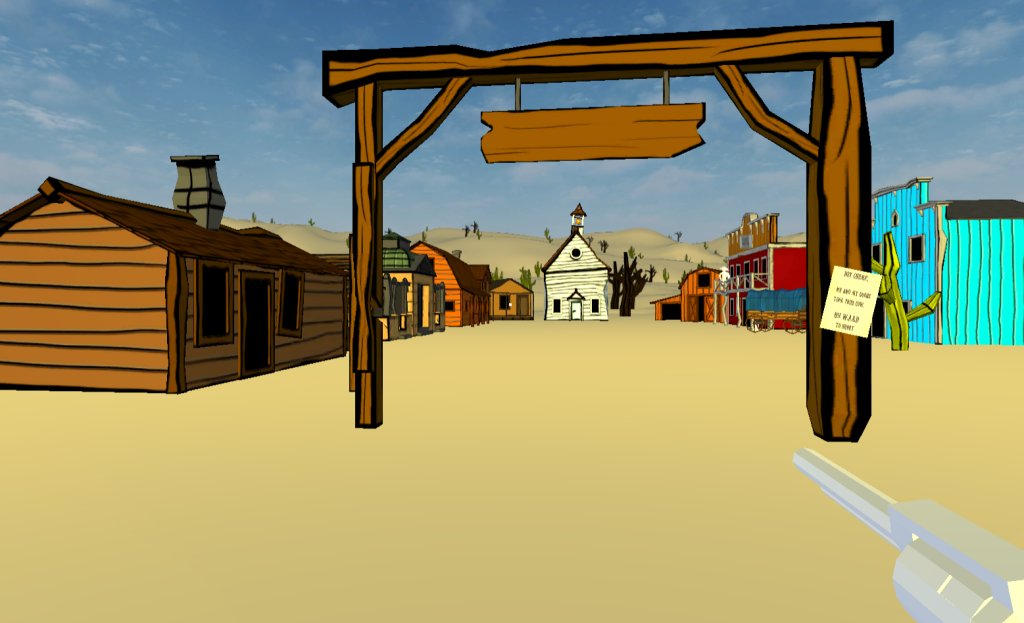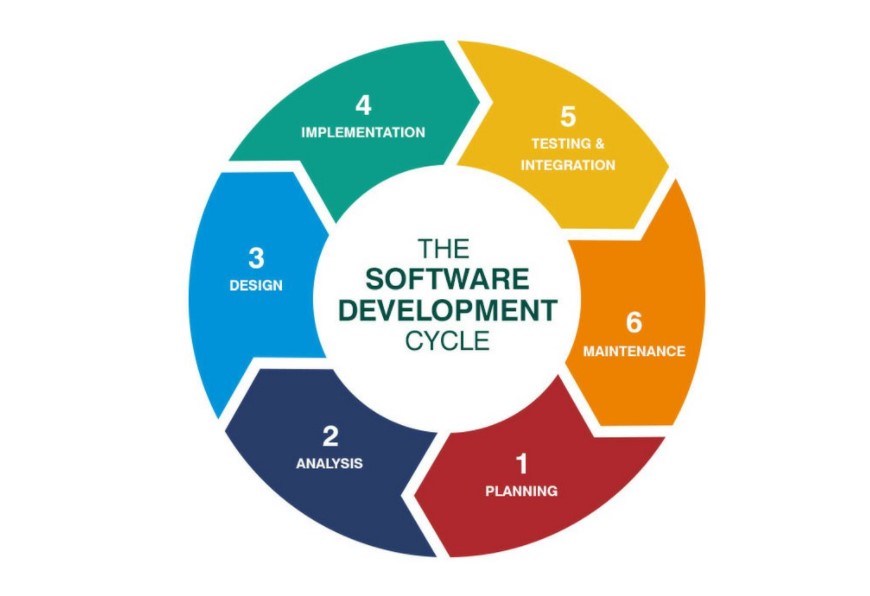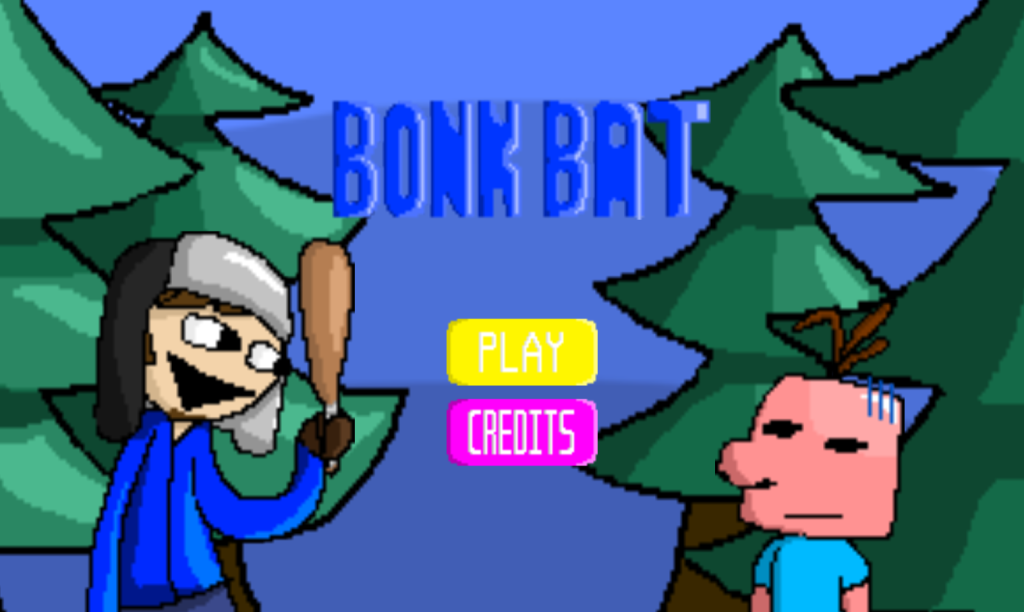Class hours: 10:05 – 2:45
Mr. Bohmann | wbohmann@ewsd.org
10:05 Today’s Notes & Attendance

John says…
You can save 15% or more on car insurance
- Green Mountain Transit will resume fare collection on May 20. EWSD students will be able to ride for free until the end of the school year.
- DCM space at 12:00 – Last Student Leadership Meeting
- Week 34 – this week, Team games – kick off final project
- Week 35 – next week – CAWD Game Studio – Final Project Game Planning
- Week 36 – CAWD Game Studio – Final Project Implementation
- Week 37 – – Final Project – Testing – Publishing and all work due Friday June 7th at EOD
- Week 38 – end of year activities
- Monday – Certification exam
- Tuesday – Movies (CAWD2 wants Garfield if possible)
- Wednesday – Game Day / Social / Relax
- Thursday – Recognition Night Rehearsal, Recognition Night – LAST DAY!!!
10:10 Making Toast

David Kelley – IDEO
Design Thinking: A repetitive process of prototyping, testing and refining a product or process based on the user’s needs. Empathy for the user is important!
Design Thinking Reflection
Making Toast (systems, links and nodes)
10:50 Break

11:00 CAWD Final Project
Want to Play Cowboys Hidden Valley Ranch – Nice Reaction type game using some attractive assets from the Asset Store.


Our final CAWD2 project of the year will be your very own game. During the next three weeks you will use this space and all of the equipment and resources you need to build a great game of your own. You may work in a team (up to 2 people) or you may work alone.
(disclaimer: if you are part of a team and are not fully subscribed, I will assign additional game dev work to you) Historically teams have been less successful than individuals (attendance issues mostly)
You will create one playable game in 2D or 3D using the Unity or Unreal game engines. Your choice when making a game should be something that you can accomplish or will stretch you a bit. You will find and figure out the systems and problems you incur. I will help where I can with your project but I won’t code it for you.
Given the time you have, working prototypes are desirable. Translation-don’t spend a week on a nice looking set of assets that have little impact on the playability of the game.

For your game – there must be some kind of gameplay – think the games we started in class: pinball, lunar lander, Cawd Rollerball, Flappy Burger and Arkanoid. With each game we designed, we were able to quickly play with some objective and some win/lose conditions. Our games were super prototypes, but they had lots of possibilities and served as a good place to test out some code.
| Date | Week | Deliverable | Software Development Cycle |
|---|---|---|---|
| May 16th – 17th | One | Project Intro, Game idea generation, pre-planning | Planning |
| May 20th – 24th | Two | Game Design Document, Asset creation / Coding | Analysis / Design |
| May 28th – May 31st | Three | GUI, Movement, Core Mechanics | Design / Implementation |
| June 3rd – 5th | Four | Prototype with game play | Testing/Maintenance / Publishing/Evaluation |
| June 6th -7th | Game Jam | Evaluation |
Deliverables:
In the process of building your game, you will use a Trello board to track and share your progress. Each week there will be updates from you on the status of your deliverable. If you work alone, you will provide the update. If you are a team, you will update together.
Every game will have a Trello board. It will count as 100 points. You’ll earn full points for being detailed and less points for less detail!
Every game will have a Game Design Document. It will count as 100 points. You’ll earn full points for a nicely well thought out document with no typos, errors and grammatically error free. I’ll provide you with a template. Have someone proofread your work. (sounds like an item to put on your Trello board)
Every game will be tested to provide user feedback. That feedback will be summarized with actionable steps. It will count as 100 points. You will create the summary and actionable steps on a google doc.
Every game will be scored for playability. It will count as 100 points. If we can play it and the game has some objective with Win / Lose conditions you may earn up to full point value.
Every game will be published as a simmer.io or .exe game. It will count as 50 points. Full credit for publishing, no credit for not publishing.
Every game will is required to have a Home Screen and a Credits screen in addition to the game play. It will count as 100 points. The nicer the UI and the inclusion ( game over, score, health, damage and other UI elements) is desirable. However, an effective UI is what you are after.
Game Salesperson. You are the ambassador for your game. As game ambassador, you can earn up to 50 points for being able to speak about and sell your game to others. This can be demonstrated when telling others about your game during game testing and during updates.
I’ll write up a rubric for this project. Total points: 600 points!
All Games must be complete for grading on Friday, June 7th We will have an official game jam and invite others to enjoy our games too.
This Week Deliverables:
- Are you on a team or working solo – email me with details by lunch on Friday
- Trello board shared with me (one Trello board per game)
- The best approach is to list all of the things you can think of in your To Do column
- I’d start by writing the deliverables above (and then all the tasks that go with it!)
- Most Trello boards don’t have enough detail!
- Game Design Document – rough draft (due by Tuesday) with working title of your game
GDD template that you may use
Pretty Basic given the amount of time, but full of possibilities… Bonk Bat

11:30 What Makes a Good Video Game?
Game and Level Design
When you are ready to write your own game, coming up with a great idea is only the first step. A full development cycle involves careful planning, design, coding, and testing. Before you write the first line of code, you should go through the requirements and design steps to figure out what you are going to create and how the game will be written.
We talked about the development cycle last week and I’ve listed them above in the table. I’ve also asked you to create a Trello board for your game in addition to the Game Design Document.
Level Designers vs Environmental Artists
A level is a space where a game happens. Think quickly of some of the games you play and think about the space the level is set in and the complexity of the layout.
Level design is the practice of planning and building spaces for video games. Some of you are really interested in level design, asset creation, texturing, lighting and sound.
Have you ever thought about what a Level Designer’s job is… Level Designers
- Sketch Level Blueprints or storyboards
- Coordinate the placement of obstacles, enemies, bosses, challenges, choke points
- Decide where to trigger certain events
- Provide visual cues or auditory clues as guidance for the player
- Use game mechanics to immerse the player
An Environmental Artist will:
- Design a consistent visual theme to the level (so everything looks consistent)
- Provides visual cues for guidance (leading lines, different colored stones, paths walk ways, key objective in background

Level design has a big impact on game play.
A blockout is a playable rough draft of a game level, built with simple blocky 3D shapes in low detail.
Prototyping the basic structure of a level is done so we can playtest it within the game engine – in this case Unity or Unreal. Playtesting helps us decide whether the level is too small or too big, confusing or entertaining, balanced or broken, etc.
This playtesting is important for any game, or anything where rearranging a room can cause big changes in player behavior. If you realize a room design isn’t working, then you can modify it more easily when it is made of simple shapes. Texturing and materials can be managed later. We can tell if a game is a lot of fun or has high engagement with simple prototypes.
What makes for a good game and level design should be considered before final art renders
What Makes for good level design (and player experience)
- Design your game around a core mechanic
| Interface Mechanics | Game Play Mechanics | Win / Goal Mechanics |
|---|---|---|
| Key movements | Quests | Capturing pieces |
| Overlays & Maps (mini maps) | Taking Turns / Turn Based | Finishing First |
| 2D movement | Level Progression | High Score |
| Looting | Elimination Player v Player | |
| Bosses | Puzzle Solving | |
| Health | Story Completion | |
| Managing Resources | Team Win | |
| Movement |
2. Make your games easier at the start and increasingly more difficult
If a game is too hard at the start, then it is likely you won’t keep going. You want your players to begin playing as soons as possible and ensure that gameplay gets progressively more difficult. During level design, constantly ramping up the difficulty as players get more experience is crucial to building a game that players want to finish.
3. Create Options & Different Views (change up the scenery & Balanced gameplay)
You want to give players options throughout their gameplay. Think Mario Kart. You have the option to stick to the main course, which is longer but easier to maneuver or there are shortcuts which might be more difficult but perhaps you can get coins, power ups or new adventures (original super mario you could stay on main level, jump into the sky or go down the pipes)
Besides different and interesting routes, you can allow your character to customize using equipment (different gear provides different protection vs weight vs speed)
4. Feedback and Rewards
Regular rewards give mini boosts of accomplishment and allow the player to track their progress and reach for goals. Checkpoints can serve as a simple reward. Coins, inventory, power ups, experience can all have a huge impact on player engagement.
5. Meaningful Core Mission
Donkey Kong – my first real arcade game required the player to run, jump on platforms, climb ladders, dodge barrels and rescue Pauline from Donkey Kong.
Whatever you choose to make the player’s core mission, make sure it’s something that players will want to see through.
121 Level Design & Game Environment Ideas
Assignment: Dissect Your Favorite Game
Due Wednesday, May 22nd
This is a pretty easy assignment. You’ll need to select a game you like to play and then spend some time playing the game. Look at the details of the levels you are playing and consider the 5 core principles of good level design from the list above.
Create a document, slide deck, website (jk) and break down your game to show how the game you chose does a good (or not so good) job of using the five principles of good game design.
Screenshots, good descriptions and a quality examples will ensure you get a good grade for this assignment. A bulleted list with very little explanation will not earn a good grade. I want you to spend some time thinking about your game and demonstrating how these principles are used.
On Wednesday, you will share your favorite game (information) with the class.
12:25 – 12:55 Lunch

12:55 Independent Reading

1:20 Break

1:30 Design Challenge

1:55 Production Time and Guided Support
- Illuminated Path Game Design
- Final Project Idea Brainstorm / Game Design Document
- Dissecting your Favorite Game
- Past Due Work
2:40 Dailies

Dailies can be placed in the CAWD2 Dailies Folder on the CAWD2 Public Folders drive